
In DC movies and shows, the most impactful deaths are those that are final because many comic book adaptations suggest that character mortality can be overcome through magic or technology. This recurring pattern of death followed by resurrection makes the audience expect that key characters cannot be truly endangered, resulting in a storyline where real danger seems rare. However, a death that cannot be reversed breaks this pattern and provides a shocking departure from the usual formula, demonstrating that there are some events with absolute consequences.
Unexpected character demises not only shatter viewer assumptions but happen when a tale suddenly discards a seemingly indispensable figure. This can be a longstanding hero with a rich past, a villain whose plots were just blooming, or a pivotal sidekick who held the story together. Such instances often spark adoration among fans for their originality, yet they can also ignite controversy, stirring discussions that last for years. Here are our top 10 jaw-dropping deaths in DC movies and TV series.
10) Moira Queen (Arrow Season 2)
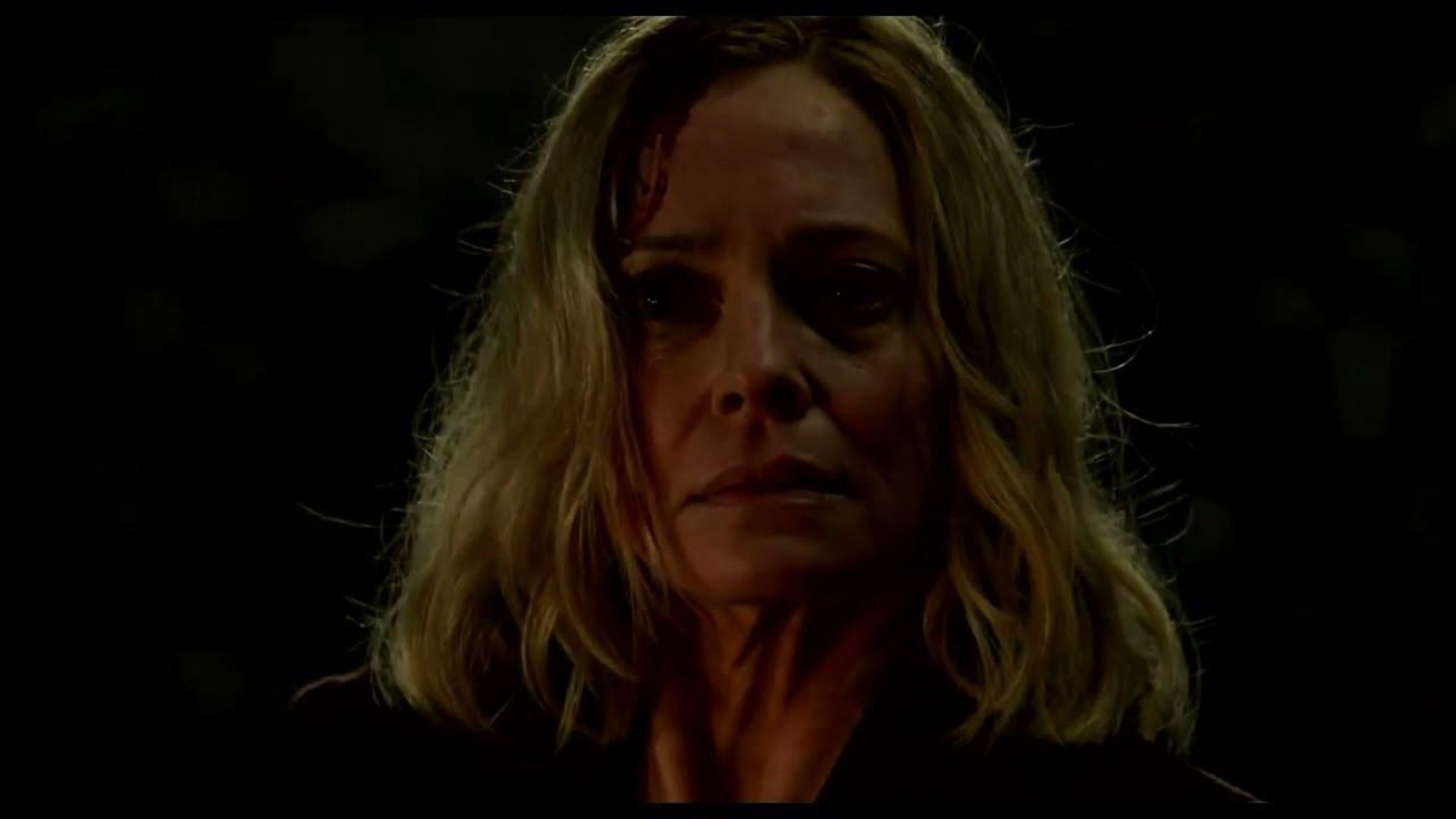
As Arrow neared the latter part of its second season, viewers had grown accustomed to the series’ underlying structure. While secondary characters could be written off without much thought, the core Queen family was perceived as invulnerable. Among them, Moira Queen (played by Susanna Thompson) stood out as a key figure in the overarching plot that had been developing since the show’s premiere. Her hidden truths, morally ambiguous choices, and intricate relationships with Oliver (Stephen Amell) and Malcolm Merlyn (John Barrowman) gave her an irreplaceable role. Consequently, fans anticipated a climactic confrontation or a prolonged path to redemption for Moira rather than her abrupt departure.
In the episode “Seeing Red,” the assumption that key characters like Moira Queen and Thea (played by Willa Holland) would be protected was forcefully debunked when Slade Wilson (Manu Bennett), in captivity, presented Oliver with a psychological challenge. However, it was Moira’s bravery and self-sacrifice that truly stunned viewers. Her decisive act of standing up to protect her daughter marked the culmination of her character arc. What followed was an unexpected execution of Moira Queen by Slade, a twist that left spectators breathless. This shocking turn highlighted the risk involved in the show’s core characters and significantly elevated the stakes, leaving viewers still grappling with the poignant loss of a character who felt indispensable.
9) Laurel Lance (Arrow Season 4)
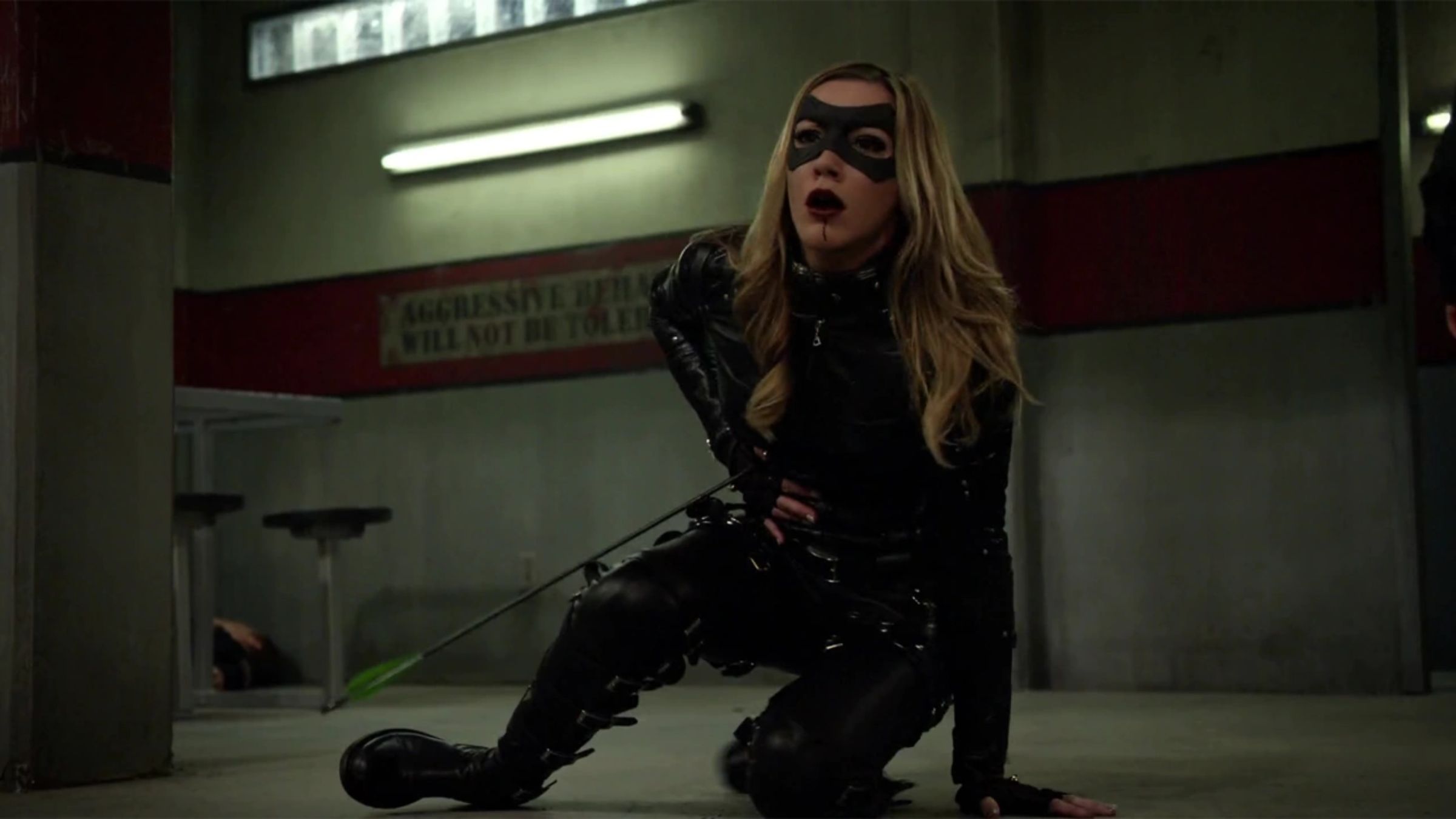
In the beginning of the fourth season of Arrow, there was a foreboding scene set at a gravesite in a flash-forward, which the audience initially viewed as a challenging riddle with an unsurprising answer. Most believed that a secondary character, who was adored but ultimately dispensable, would meet their end. Few seriously considered Laurel Lance (played by Katie Cassidy) as a possible casualty. Given her role as the Black Canary and her recent evolution from civilian to vigilante over several seasons, her storyline had just reached its peak, and many felt it would be disloyal to the entire narrative arc to kill her off.
The stark reality of her death came as an unexpected and powerful blow. After being viciously attacked by Damien Darhk (Neal McDonough), the show Arrow skillfully deceived viewers into believing she would survive and leave the city. The hospital scenes, her farewells to the team while still conscious, and her emotional talk with Oliver (Stephen Amell) all seemed like a typical build-up for her survival. However, when she suffered a fatal cardiac arrest, it was an unexpected and impactful twist in the storyline. The show chose to kill off its main female character, despite offering the illusion of hope for her survival, demonstrating that its dark foreshadowing was not empty rhetoric.
8) Captain Cold (Legend of Tomorrow Season 1)

Right from his confident entrance on “The Flash,” Leonard Snart (Wentworth Miller) proved to be an immediate standout. Given this, it was only natural that he would become a part of the cast for the spinoff, “Legends of Tomorrow.” Snart swiftly became the charismatic core of the show, with his cynical and sarcastic demeanor making him the soul of the team. His journey from being a thief to becoming a hero was the most captivating plotline in the first season. According to typical television conventions, a franchise is typically constructed around such an engaging character. As a result, fans expected Snart to serve as the indispensable mainstay of future seasons.
In an extraordinarily bold manner, Legends of Tomorrow shattered conventional storytelling norms. In the climactic season finale, with death staring the team in the face, a selfless act was necessary. In a startling turn of events, Leonard Snart (also known as Captain Cold) knocked out his comrade, Mick Rory (played by Dominic Purcell), and stepped into his shoes, meeting his end with a wry grin to shield his companions and the timeline. Eliminating the uncontested favorite among fans and the series’ most compelling character in the inaugural season was an audacious decision. This unexpected move left viewers spellbound, creating a noticeable emptiness at the heart of Legends of Tomorrow, underscoring the lesson that it’s wiser not to become overly attached to any character.
7) Lex Luthor (Titans Season 4)
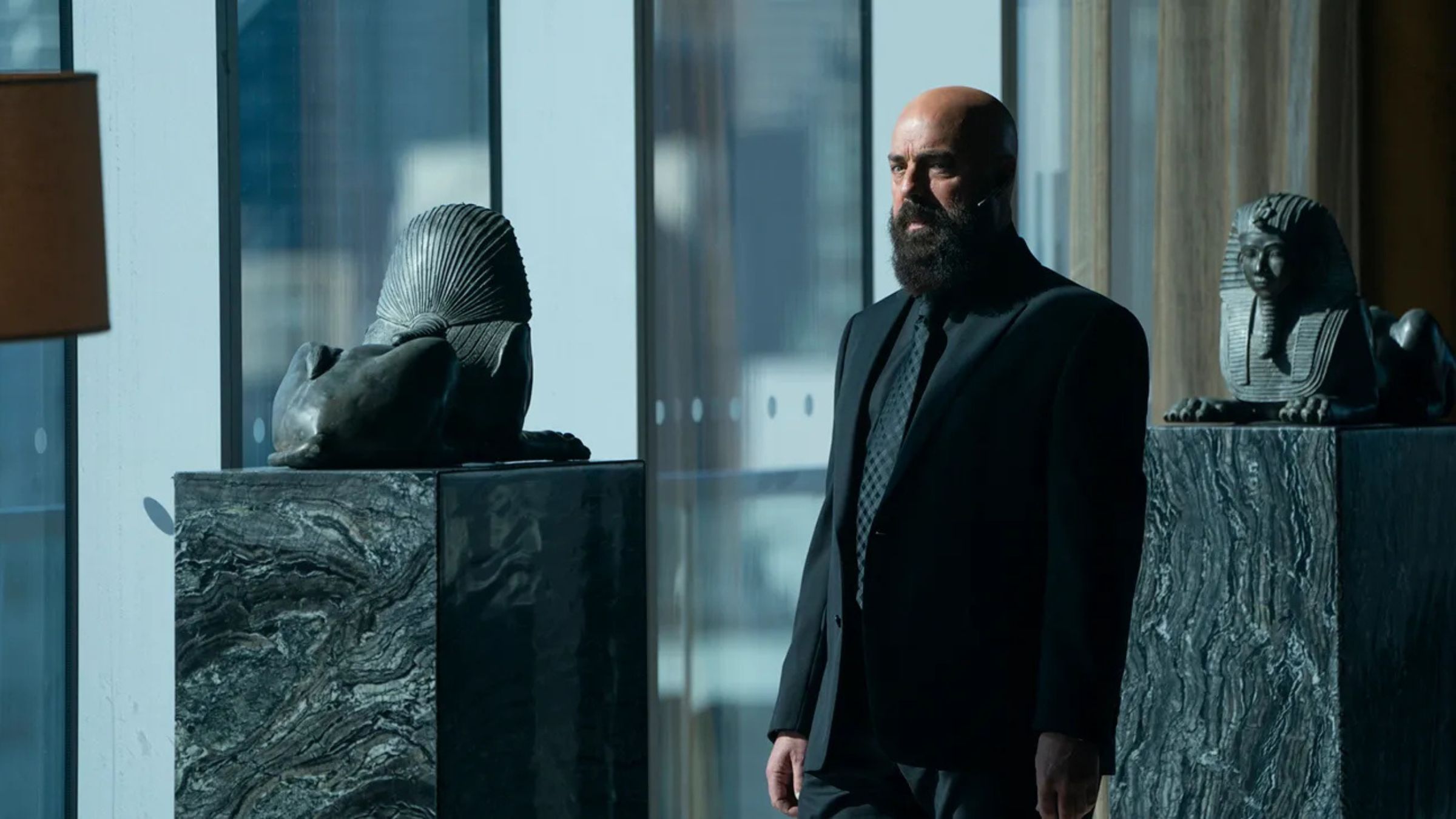
In the fourth series of Titans, the introduction of Lex Luthor was hyped up as a significant shift in the storyline. For years, he’d been a behind-the-scenes figure, but now, portrayed by esteemed actor Titus Welliver, he was ready to make his entrance. The first episode itself was named “Lex Luthor,” and it delved into his cunning mind and efforts to control his son, Superboy (Joshua Orpin). Given these indications, it seemed clear that the upcoming season would revolve around Lex Luthor as the primary antagonist, a formidable adversary the young heroes had yet to tackle, promising a complex strategic battle throughout.
From the start, the assumption about the main antagonist was shattered when Lex Luthor was unexpectedly slain by a mystical serpent emerging from his mouth. In the final moments of the premiere, this revealed that the man thought to be the season’s primary villain was actually deceased within an hour. This shocking twist, a daring swerve often criticized as a bait-and-switch tactic, immediately showcased the Church of Blood as a formidable force, with Lex Luthor merely a pawn in their grand scheme.
6) Jimmy Olsen (Batman v Superman: Dawn of Justice)

Incorporating Jimmy Olsen into a Superman movie brings along certain preset assumptions. This is because Jimmy embodies the audience’s perspective, being a friendly and faithful character who symbolizes the human aspect within Superman’s world. Thus, when Michael Cassidy emerged on screen as Lois Lane’s photographer in Batman v Superman: Dawn of Justice, it seemed plausible to expect him taking up this traditional role, providing a familiar touch of mythology amidst the growing gloom in the cinematic universe.
In “Batman v Superman: Dawn of Justice”, they utilized audience expectations masterfully, leading to an intense surprise. Within mere moments after his debut, Jimmy Olsen, disguised as a CIA operative, met a sudden and grim end. The nonchalant way his character was killed was truly startling, as a cherished figure from comic book lore was presented only to be eliminated swiftly, with such haste that the movie version didn’t even take the time to mention his name. This unexpectedly cynical decision served as a clear indication of the harsh and unmerciful tone of the fresh DC Extended Universe.
5) Doctor Fate (Black Adam)
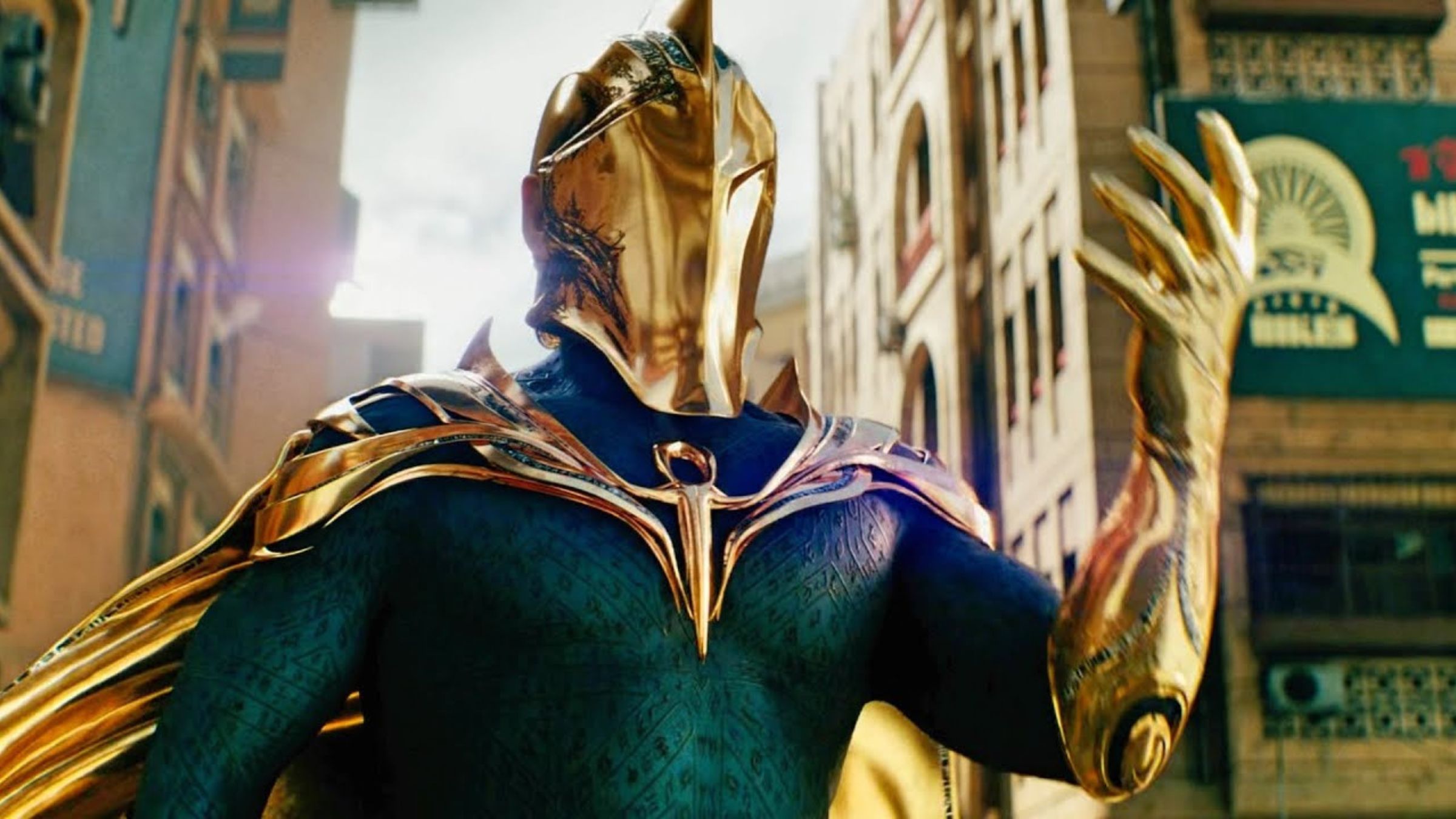
In Black Adam, Pierce Brosnan’s portrayal of Doctor Fate was a brilliant move that yielded instant success. As the wise, charismatic, and immensely powerful Kent Nelson, he stole the show. His performance lent gravitas to the Justice Society and immediately became a favorite among fans. He was a captivating character, the kind that franchises are often built upon. Thus, viewers of the movie had good reason to think that Doctor Fate, played by Brosnan, would serve as a key foundation for the future of the DC universe.
The surprising choice Black Adam made by killing Doctor Fate in his initial appearance left audiences bewildered. In an attempt to rescue his friend Hawkman (played by Aldis Hodge), Doctor Fate bravely opted to give up his life during the climactic battle against Sabbac. This selfless act was a memorable and poignant scene, yet it came at the expense of one of the most promising fresh characters. It was a powerful emotional moment, but it also represented a wasted opportunity, a decision that left viewers speechless over the franchise’s readiness to forfeit its most valuable resource.
4) General Zod (Man of Steel)
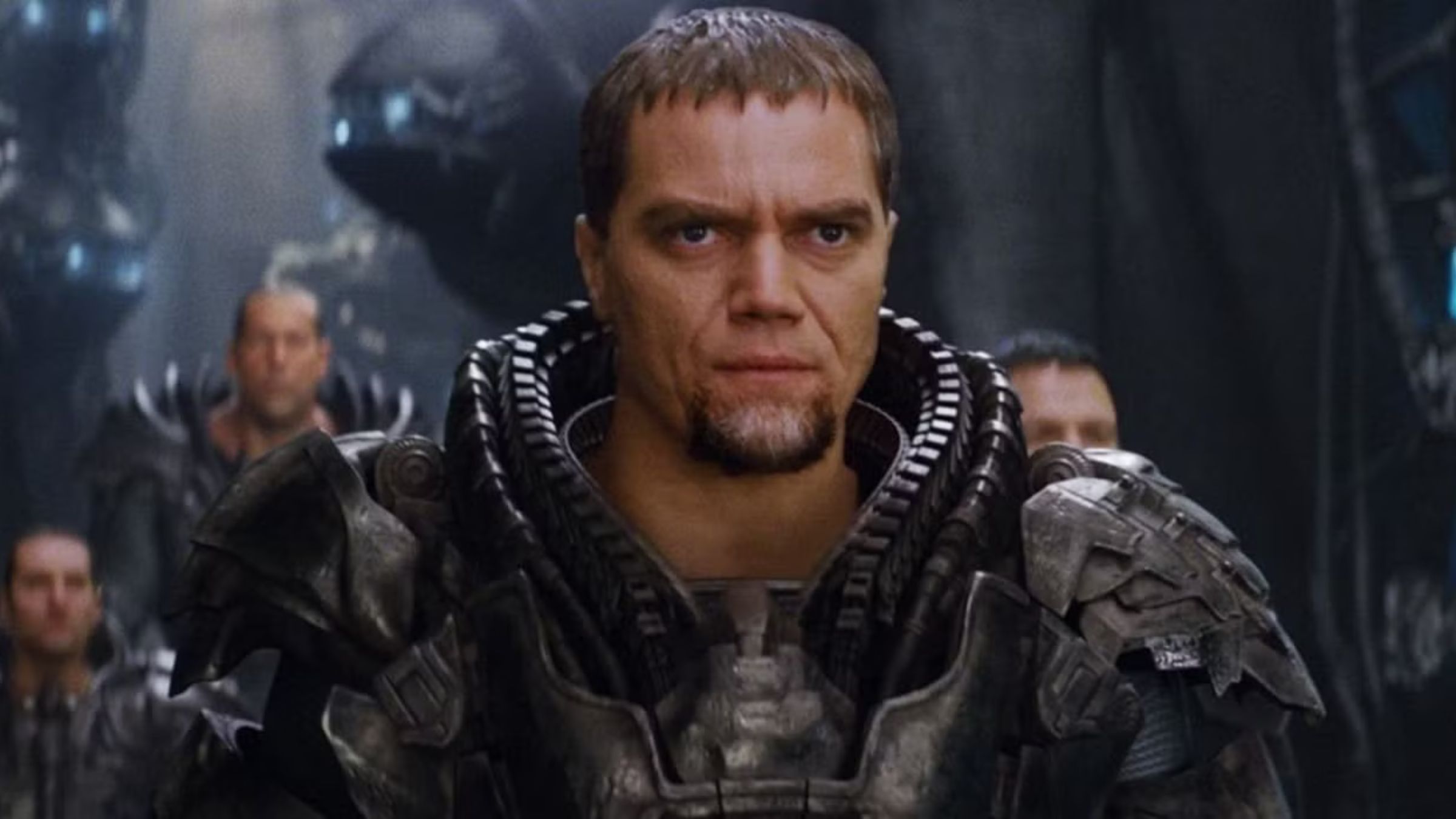
In essence, Superman’s defining characteristic throughout his journey has been an unwavering priority for preserving life, making it his utmost value. This moral compass serves as the foundation of his character, a steadfast principle that viewers have come to rely on and anticipate in his narrative. During the city-destroying conflict between Superman (Henry Cavill) and General Zod (Michael Shannon) in Man of Steel, audiences held fast to this fundamental belief. It was assumed that the hero would ultimately find a resourceful and noble solution to resolve the threat, all while adhering to his one inviolable principle.
The thrilling conclusion of “Man of Steel” significantly challenged the established principle. With Zod’s heat vision threatening to burn a terrified family to ashes, Superman found himself in an insurmountable predicament. His drastic choice to break Zod’s neck and his subsequent heart-wrenching cry echoed through the cinema halls, marking a shocking deviation from Superman’s traditional ethics. This brutal act not only shattered the inviolable rule of the Superman character but also left viewers grappling with their beloved icon defying his own unyielding code. This was one of several contentious decisions in “Man of Steel,” hinting at a grittier direction for this revamped Superman.
3) Peacemaker II (Peacemaker Season 2)

Prior to its release, it was anticipated that Peacemaker’s second season would delve into an engaging tale spanning multiple dimensions. As teased in the trailers, Season 2 will see character Christopher Smith (played by John Cena) journeying to an alternate Earth where he is a hero, his father (Robert Patrick) is not abusive, and his brother Keith (David Denman) is still alive. This parallel dimension also appears to be a loving and harmonious society, with Peacemaker enjoying positive family dynamics and even having a romantic past with Emilia Harcourt (Jennifer Holland). If one were to speculate, the season seems to revolve around a clash between two Christopher Smiths, as the original struggles to adapt to life in the alternate world.
Towards the finale of Peacemaker Season 2’s premiere, it is the original Christopher who gets apprehended by his counterpart, leading to a fierce brawl that unfortunately results in Christopher unintentionally killing his duplicate. The show concludes, leaving viewers stunned as they come to terms with Peacemaker having slain another version of himself, implying no joyous resolution is forthcoming. From this juncture, Season 2 of Peacemaker focuses on Christopher’s efforts to conceal his misdeed and maintain equilibrium within the DCU and an alternate dimension.
2) The Alpha Team (The Suicide Squad)

In James Gunn’s film, The Suicide Squad, the initial scene unfolds like a typical action flick setup. A squad of skilled and humorous operatives, including familiar faces such as Captain Boomerang (Jai Courtney) and Savant (Michael Rooker), are dispatched for a risky beach invasion. The promotional materials had built up these characters as the film’s primary focus, leading viewers to assume they would follow this team throughout the narrative, eagerly waiting for the camaraderie conflicts hinted at in the previews.
What transpires instead is an appalling bloodbath, where the mission swiftly spirals into chaos, resulting in a violent massacre of characters previously believed as heroes. This initial scene feels like a calculated storytelling trick, as the film seemingly revels in prematurely eliminating its anticipated lead characters before the plot truly commences. The impact is profound, leaving viewers stunned by the audacity of this unexpected move, which not only catches them off guard but also shatters their preconceived notions about storytelling conventions.
1) Rick Flag (The Suicide Squad)
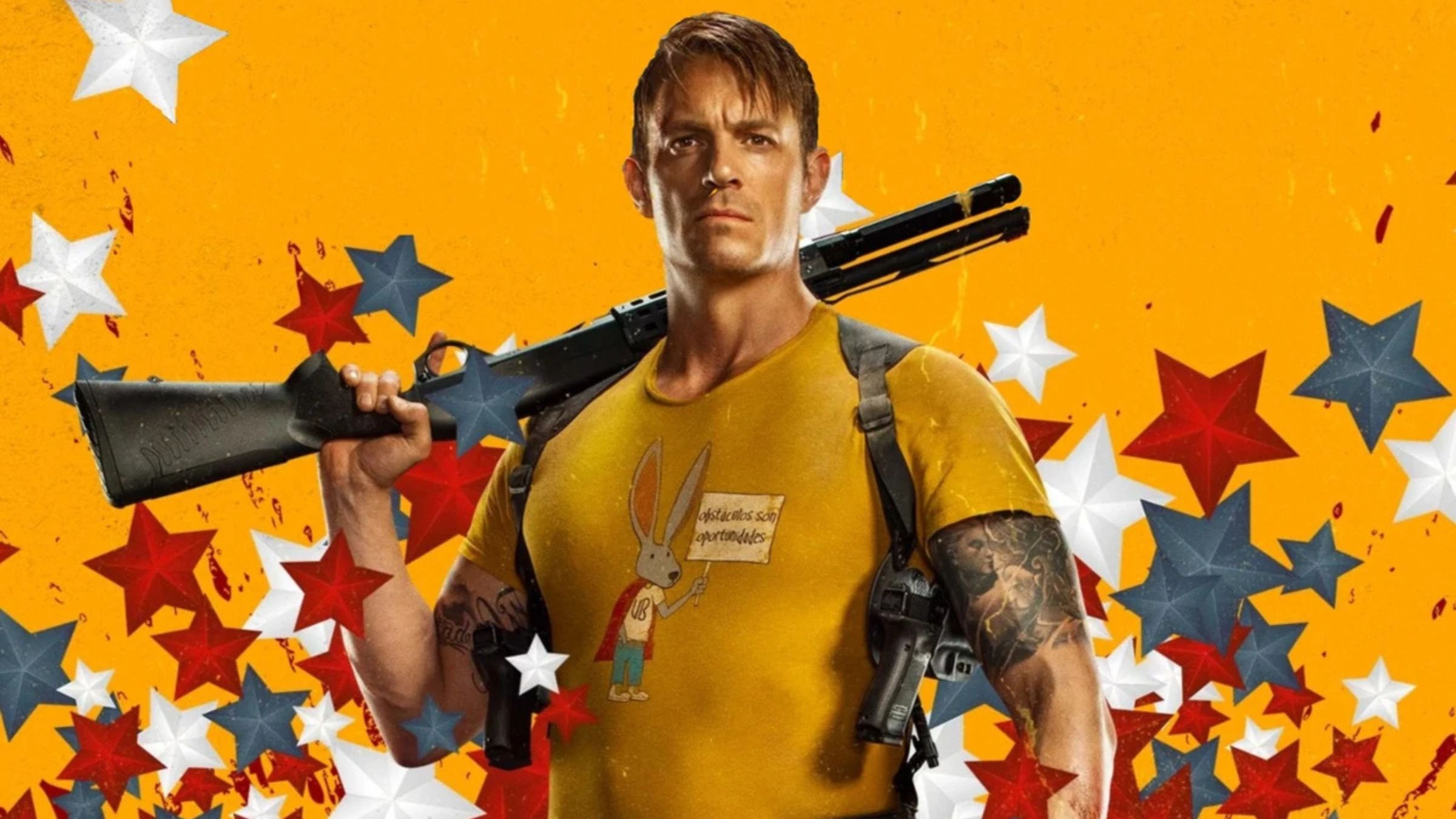
James Gunn’s movie, titled “The Suicide Squad,” is a whirlwind of ridiculousness, filled with characters like man-eating sharks and villains adorned in polka dots. The film has an underlying feeling that the world itself is one big joke. Amidst this chaotic storm, Colonel Rick Flag (played by Joel Kinnaman) stood as a beacon of focus, the only character whose attention remained on the mission while everyone else seemed to enjoy the mayhem. His steadfast competence served as a lifeline for viewers, offering a comforting sense of order amidst the surrounding madness.
His death has a profound impact on the story, not only marking the end of a character but also disrupting the entire narrative’s balance. The climactic fight with Peacemaker (John Cena) is intense and deeply personal, resembling a gritty, brutal brawl in a crumbling structure that strips away the film’s colorful, comic-book aesthetic. When Flag gets stabbed, the story seems to come loose from its moorings. The last vestige of sanity disappears, leaving viewers stranded in a narrative now solely controlled by the characters who were previously portrayed as madmen. This emotional demise lays the groundwork for Season 2 of Peacemaker.
Read More
- The Most Jaw-Dropping Pop Culture Moments of 2025 Revealed
- Ashes of Creation Rogue Guide for Beginners
- ARC Raiders – All NEW Quest Locations & How to Complete Them in Cold Snap
- Best Controller Settings for ARC Raiders
- Where Winds Meet: How To Defeat Shadow Puppeteer (Boss Guide)
- Ashes of Creation Mage Guide for Beginners
- Where Winds Meet: Best Weapon Combinations
- Hazbin Hotel season 3 release date speculation and latest news
- My Hero Academia Reveals Aftermath Of Final Battle & Deku’s New Look
- Bitcoin’s Wild Ride: Yen’s Surprise Twist 🌪️💰
2025-08-23 20:14